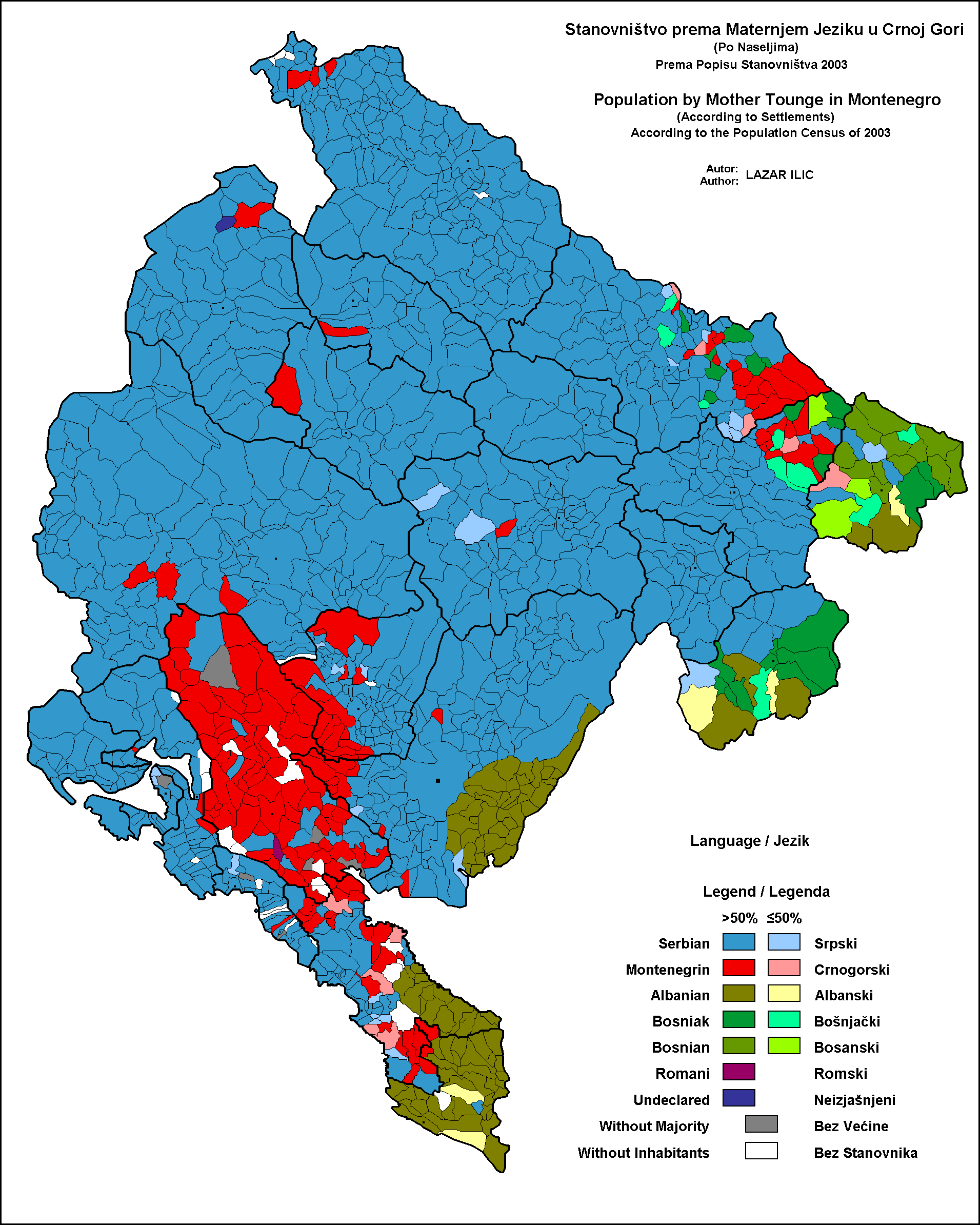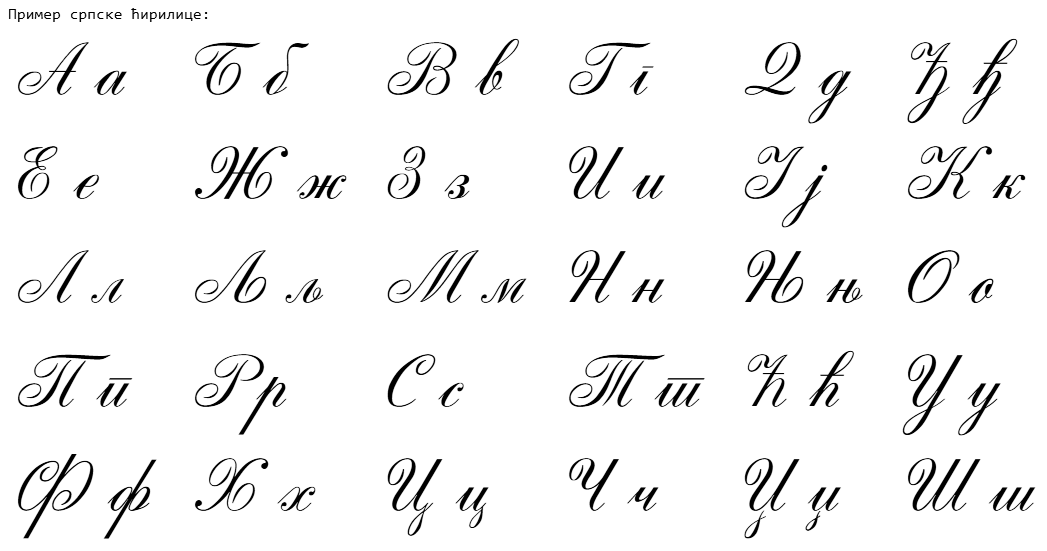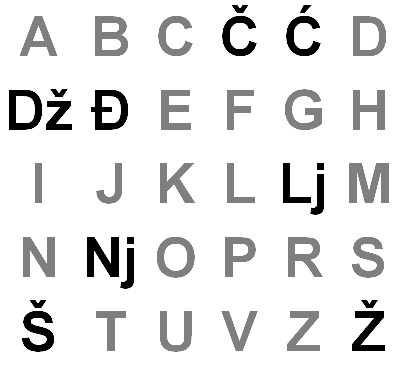|
Uz Maršala Tita
"Uz Maršala Tita" ("With Marshal Tito"), originally titled "Pjesma o pesti" ("Song about the fist"), is a Yugoslav Partisan anthem praising Josip Broz Tito, the country's liberation movement leader during World War II. The original Serbo-Croatian lyrics were written by Vladimir Nazor and the music was composed by Oskar Danon. Written in 1943 when relations between Josip Broz Tito and the Soviet leadership were close, the first verse of the song's original version read "" ("With Tito and Stalin, two heroic sons"). According to the song's composer Oskar Danon, people spontaneously rechristened this verse as "" ("With Marshal Tito, the heroic son") at its first hearing in 1943 at the second session of AVNOJ in Jajce, at which Tito was named the Marshal of Yugoslavia. The original version was deprecated from use in performances and print in songbooks after the Tito–Stalin split in 1948. It has been translated into all national languages of SFR Yugoslavia and minority langua ... [...More Info...] [...Related Items...] OR: [Wikipedia] [Google] [Baidu] |
Vladimir Nazor
Vladimir Nazor (30 May 1876 – 19 June 1949) was a Croatian poet and politician. During and after World War II in Yugoslavia, he served as the first President of the Presidium of the Croatian Parliament (Croatian head of state), and first Speaker of the Croatian Parliament. Nazor is a well-known poet, writer, translator, and humanist. He was not an active politician until 1941, but had a significant political influence through ethical aspects of his work during prewar Kingdom of Yugoslavia. Early career Nazor's early work paralleled the rise of the Young Croatian literary movement. He acquired much literary popularity in Croatia writing about folk legends and stories, including ''Big Joseph'' (''Veli Jože'') (1908), which features a helpful and kind hearted giant named Jože living in the town of Motovun (Inner Istria). His verses in ''Hrvatski kraljevi'' (''Croatian Kings'') (1912) established him as a prominent patriot poet. ''Istrian Tales'' (''Istarske priče'') (1913 ... [...More Info...] [...Related Items...] OR: [Wikipedia] [Google] [Baidu] |
Cornell University Press
The Cornell University Press is the university press of Cornell University; currently housed in Sage House, the former residence of Henry William Sage. It was first established in 1869, making it the first university publishing enterprise in the United States, but was inactive from 1884 to 1930. The press was established in the College of the Mechanic Arts (as mechanical engineering was called in the 19th century) because engineers knew more about running steam-powered printing presses than literature professors. Since its inception, The press has offered work-study financial aid: students with previous training in the printing trades were paid for typesetting and running the presses that printed textbooks, pamphlets, a weekly student journal, and official university publications. Today, the press is one of the country's largest university presses. It produces approximately 150 nonfiction titles each year in various disciplines, including anthropology, Asian studies, biologica ... [...More Info...] [...Related Items...] OR: [Wikipedia] [Google] [Baidu] |
Slovak Language
Slovak () , is a West Slavic language of the Czech–Slovak group, written in Latin script. It is part of the Indo-European language family, and is one of the Slavic languages, which are part of the larger Balto-Slavic branch. Spoken by approximately 5 million people as a native language, primarily ethnic Slovaks, it serves as the official language of Slovakia and one of the 24 official languages of the European Union. Slovak is closely related to Czech, to the point of mutual intelligibility to a very high degree, as well as Polish. Like other Slavic languages, Slovak is a fusional language with a complex system of morphology and relatively flexible word order. Its vocabulary has been extensively influenced by Latin and German and other Slavic languages. The Czech–Slovak group developed within West Slavic in the high medieval period, and the standardization of Czech and Slovak within the Czech–Slovak dialect continuum emerged in the early modern period. In the later mi ... [...More Info...] [...Related Items...] OR: [Wikipedia] [Google] [Baidu] |
Montenegrin Language
Montenegrin ( ; cnr, label=none, / ) is a normative variety of the Serbo-Croatian language mainly used by Montenegrins and is the official language of Montenegro. Montenegrin is based on the most widespread dialect of Serbo-Croatian, Shtokavian, more specifically on Eastern Herzegovinian, which is also the basis of Standard Croatian, Serbian, and Bosnian. Montenegro's language has historically and traditionally been called either Serbian or Montenegrin. The idea of a standardized Montenegrin standard language separate from Serbian appeared in the 1990s during the breakup of Yugoslavia, through proponents of Montenegrin independence from the State Union of Serbia and Montenegro. Montenegrin became the official language of Montenegro with the ratification of a new constitution on 22 October 2007. Language standardization In January 2008, the government of Montenegro formed the Board (Council) for Standardization of the Montenegrin Language, which aims to standardize the ... [...More Info...] [...Related Items...] OR: [Wikipedia] [Google] [Baidu] |
Macedonian Language
Macedonian (; , , ) is an Eastern South Slavic language. It is part of the Indo-European language family, and is one of the Slavic languages, which are part of a larger Balto-Slavic branch. Spoken as a first language by around two million people, it serves as the official language of North Macedonia. Most speakers can be found in the country and its diaspora, with a smaller number of speakers throughout the transnational region of Macedonia. Macedonian is also a recognized minority language in parts of Albania, Bosnia and Herzegovina, Romania, and Serbia and it is spoken by emigrant communities predominantly in Australia, Canada and the United States. Macedonian developed out of the western dialects of the East South Slavic dialect continuum, whose earliest recorded form is Old Church Slavonic. During much of its history, this dialect continuum was called "Bulgarian", although in the 19th century, its western dialects came to be known separately as "Macedonian". Stan ... [...More Info...] [...Related Items...] OR: [Wikipedia] [Google] [Baidu] |
Slovenian Language
Slovene ( or ), or alternatively Slovenian (; or ), is a South Slavic language, a sub-branch that is part of the Balto-Slavic branch of the Indo-European language family. It is spoken by about 2.5 million speakers worldwide (excluding speakers of Kajkavian), mainly ethnic Slovenes, the majority of whom live in Slovenia, where it is the sole official language. As Slovenia is part of the European Union, Slovene is also one of its 24 official and working languages. Standard Slovene Standard Slovene is the national standard language that was formed in the 18th and 19th century, based on Upper and Lower Carniolan dialect groups, more specifically on language of Ljubljana and its adjacent areas. The Lower Carniolan dialect group was the dialect used in the 16th century by Primož Trubar for his writings, while he also used Slovene as spoken in Ljubljana, since he lived in the city for more than 20 years. It was the speech of Ljubljana that Trubar took as a foundation of what lat ... [...More Info...] [...Related Items...] OR: [Wikipedia] [Google] [Baidu] |
Serbian Cyrillic Alphabet
The Serbian Cyrillic alphabet ( sr, / , ) is a variation of the Cyrillic script used to write the Serbian language, updated in 1818 by Serbian linguist Vuk Stefanović Karadžić, Vuk Karadžić. It is one of the two alphabets used to write standard modern Serbian language, Serbian, the other being Gaj's Latin alphabet. Karadžić based his alphabet on the previous Slavonic-Serbian script, following the principle of "write as you speak and read as it is written", removing obsolete letters and letters representing iotified vowels, introducing from the Latin alphabet instead, and adding several consonant letters for sounds specific to Serbian phonology. During the same period, linguists led by Ljudevit Gaj adapted the Latin alphabet, in use in western South Slavic areas, using the same principles. As a result of this joint effort, Serbian Cyrillic and Gaj's Latin alphabets for Serbian-Croatian have a complete one-to-one congruence, with the Latin Digraph (orthography), digraph ... [...More Info...] [...Related Items...] OR: [Wikipedia] [Google] [Baidu] |
Gaj's Latin Alphabet
Gaj's Latin alphabet ( sh-Latn-Cyrl, Gajeva latinica, separator=" / ", Гајева латиница}, ), also known as ( sh-Cyrl, абецеда, ) or ( sh-Cyrl, гајица, link=no, ), is the form of the Latin script used for writing Serbo-Croatian and all of its standard varieties: Bosnian, Croatian, Montenegrin, and Serbian. The alphabet was initially devised by Croatian linguist Ljudevit Gaj in 1835 during the Illyrian movement in ethnically Croatian parts of Austrian Empire. It was largely based on Jan Hus's Czech alphabet and was meant to serve as a unified orthography for three Croat-populated kingdoms within the Austrian Empire at the time, namely Croatia, Dalmatia and Slavonia, and their three dialect groups, Kajkavian, Chakavian and Shtokavian, which historically utilized different spelling rules. A slightly modified version of it was later adopted as the formal Latin writing system for the unified Serbo-Croatian standard language per the Vienna Literary ... [...More Info...] [...Related Items...] OR: [Wikipedia] [Google] [Baidu] |
South Slavs
South Slavs are Slavic peoples who speak South Slavic languages and inhabit a contiguous region of Southeast Europe comprising the eastern Alps and the Balkan Peninsula. Geographically separated from the West Slavs and East Slavs by Austria, Hungary, Romania, and the Black Sea, the South Slavs today include Bosniaks, Bulgarians, Croats, Macedonians, Montenegrins, Serbs, and Slovenes, respectively the main populations of Bosnia and Herzegovina, Bulgaria, Croatia, North Macedonia, Montenegro, Serbia, and Slovenia. In the 20th century, the country of Yugoslavia (from Serbo-Croatian, literally meaning "South Slavia" or "South Slavdom") united majority of South Slavic peoples and lands—with the exception of Bulgarians and Bulgaria—into a single state. The Pan-Slavic concept of ''Yugoslavia'' emerged in the late 17th century Croatia, at the time party of Habsburg Monarchy, and gained prominence through the 19th-century Illyrian movement. The Kingdom of Serbs, Croats and Slovenes ... [...More Info...] [...Related Items...] OR: [Wikipedia] [Google] [Baidu] |
Origin Hypotheses Of The Croats
The Croats trace their history to the 6th and 7th-century southwards migration of the Slavs, which is supported by anthropological, genetical, and ethnological studies. However, the archaeological and other historic evidence on the migration of the Slavic settlers, the character of the native population on the present-day territory of Croatia, and their mutual relationship show diverse historical and cultural influences. Croatian ethnogenesis The definition of Croatian ethnogenesis begins with the definition of ethnicity, according to which an ethnic group is a socially defined category of people who identify with each other based on common ancestral, social, cultural or other experience, and which shows a certain durability over the long period term of time. In the Croatian case, there is no doubt that in the Early Middle Ages a certain group identified themselves by ethnonym ''Hrvati'' (Croats), and was identified as such by the others. It also had a political connotation, it cont ... [...More Info...] [...Related Items...] OR: [Wikipedia] [Google] [Baidu] |
Goths
The Goths ( got, 𐌲𐌿𐍄𐌸𐌹𐌿𐌳𐌰, translit=''Gutþiuda''; la, Gothi, grc-gre, Γότθοι, Gótthoi) were a Germanic people who played a major role in the fall of the Western Roman Empire and the emergence of medieval Europe. In his book '' Getica'' (c. 551), the historian Jordanes writes that the Goths originated in southern Scandinavia, but the accuracy of this account is unclear. A people called the ''Gutones''possibly early Gothsare documented living near the lower Vistula River in the 1st century, where they are associated with the archaeological Wielbark culture. From the 2nd century, the Wielbark culture expanded southwards towards the Black Sea in what has been associated with Gothic migration, and by the late 3rd century it contributed to the formation of the Chernyakhov culture. By the 4th century at the latest, several Gothic groups were distinguishable, among whom the Thervingi and Greuthungi were the most powerful. During this time, Wulfila bega ... [...More Info...] [...Related Items...] OR: [Wikipedia] [Google] [Baidu] |
Croats
The Croats (; hr, Hrvati ) are a South Slavic ethnic group who share a common Croatian ancestry, culture, history and language. They are also a recognized minority in a number of neighboring countries, namely Austria, the Czech Republic, Germany, Hungary, Italy, Montenegro, Romania, Serbia, Slovakia and Slovenia. Due to political, social and economic reasons, many Croats migrated to North and South America as well as New Zealand and later Australia, establishing a diaspora in the aftermath of World War II, with grassroots assistance from earlier communities and the Roman Catholic Church. In Croatia (the nation state), 3.9 million people identify themselves as Croats, and constitute about 90.4% of the population. Another 553,000 live in Bosnia and Herzegovina, where they are one of the three constituent ethnic groups, predominantly living in Western Herzegovina, Central Bosnia and Bosnian Posavina. The minority in Serbia number about 70,000, mostly in Vojvodina. The ... [...More Info...] [...Related Items...] OR: [Wikipedia] [Google] [Baidu] |






.jpg)
.png)